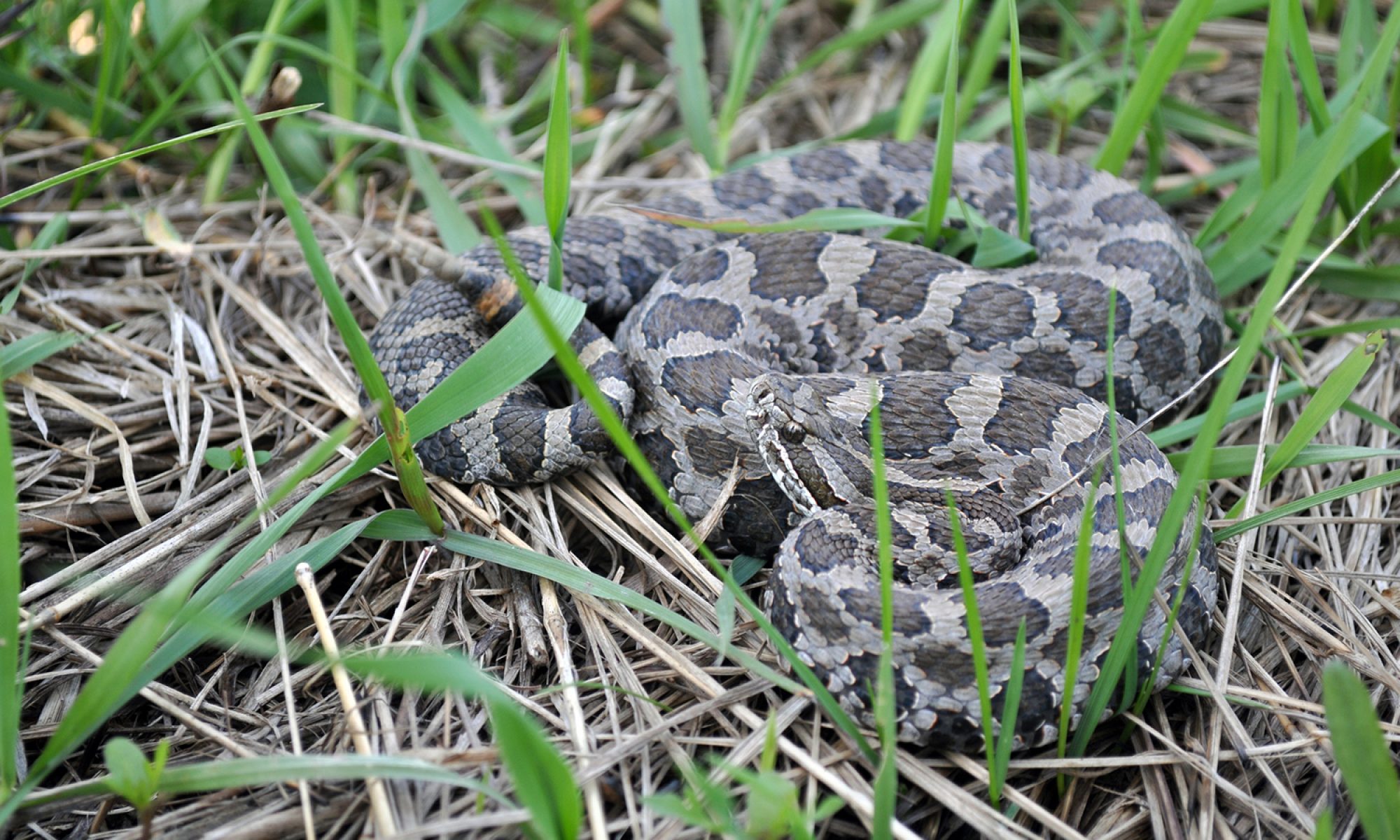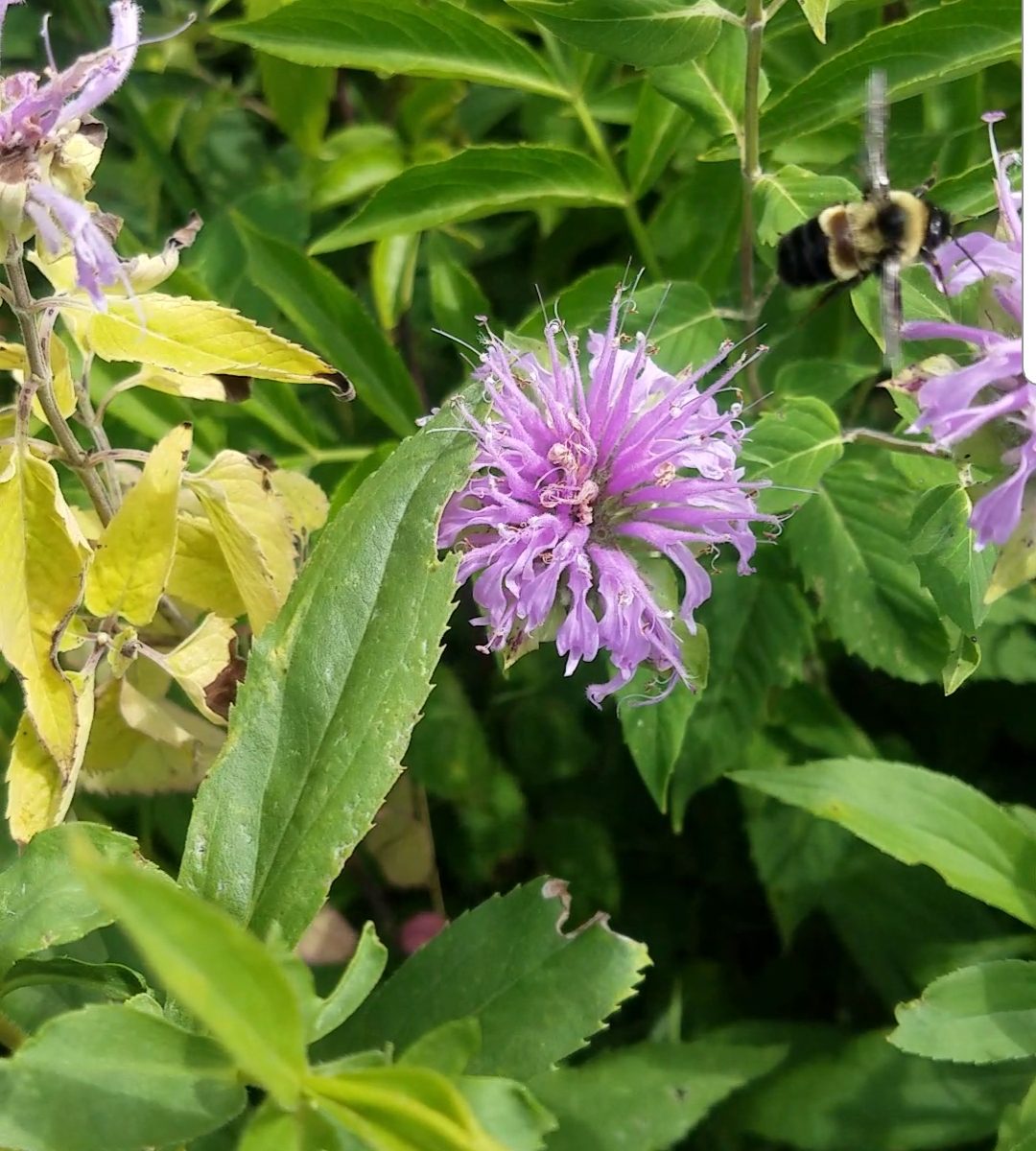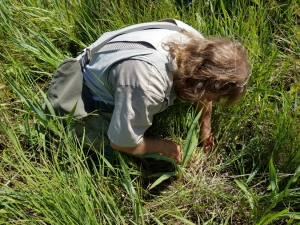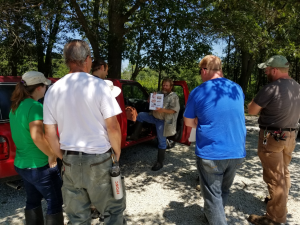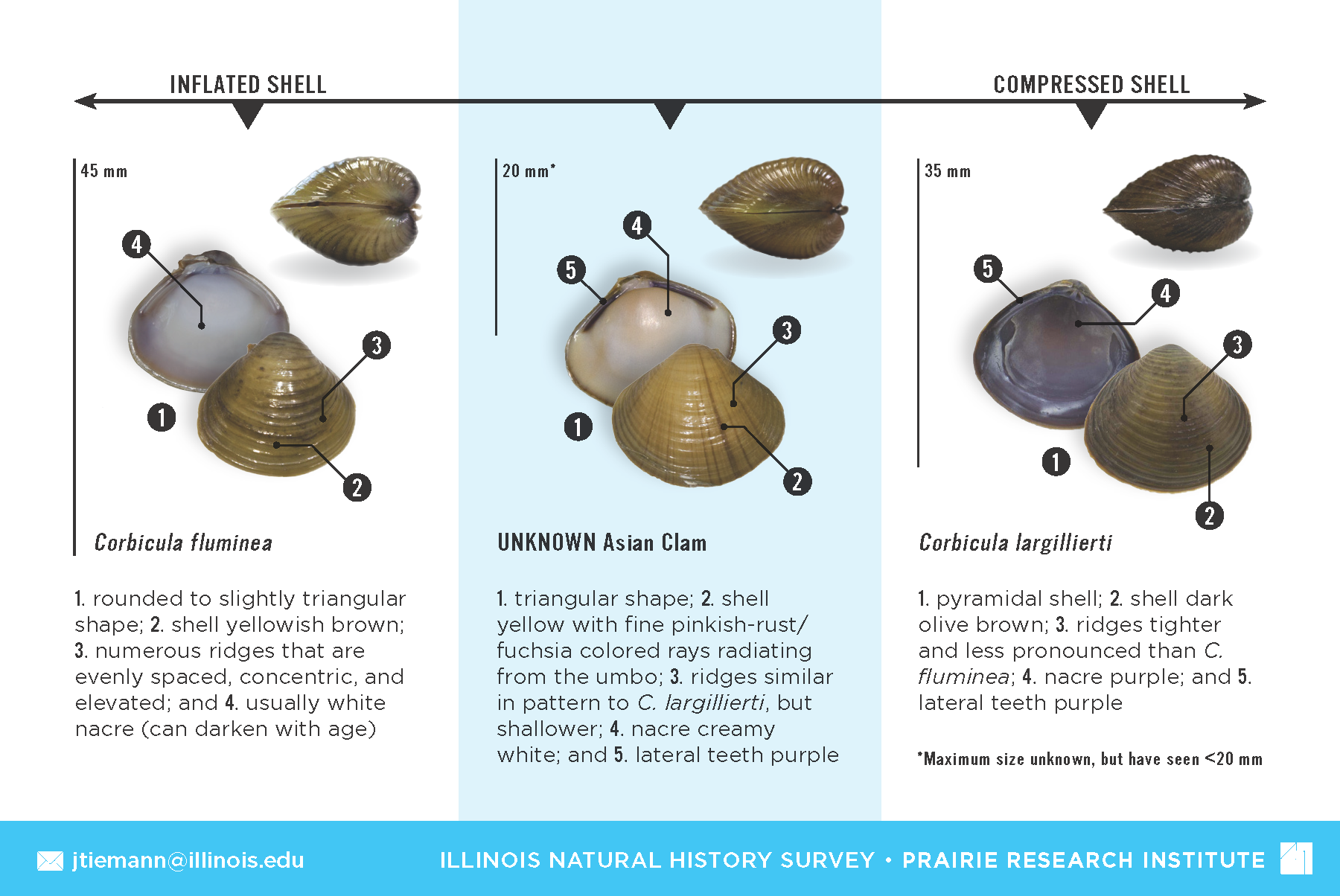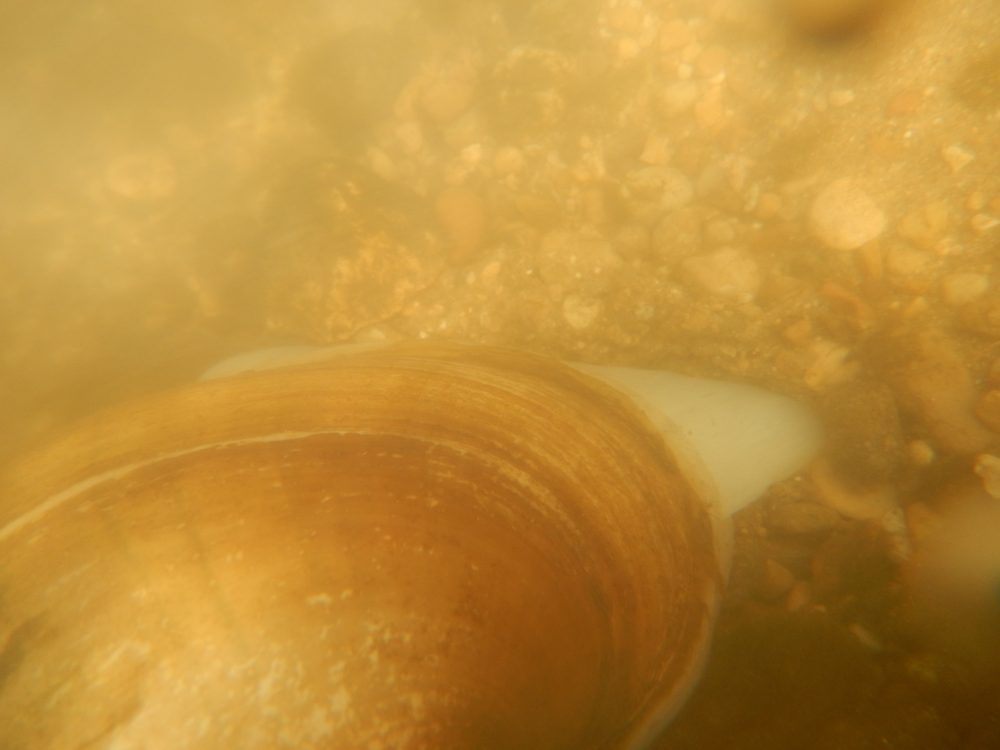While conducting surveys today in DuPage County, INHS entomologist Jason Robinson and his assistant Maria Repisak came across Rusty Patched Bumblebees at two sites! This species was recently added to the US Endangered Species List because of its drastic decline across its range.
For more information on the Rusty Patched Bumblebee, visit the USFWS website
Photo by Maria Repisak
